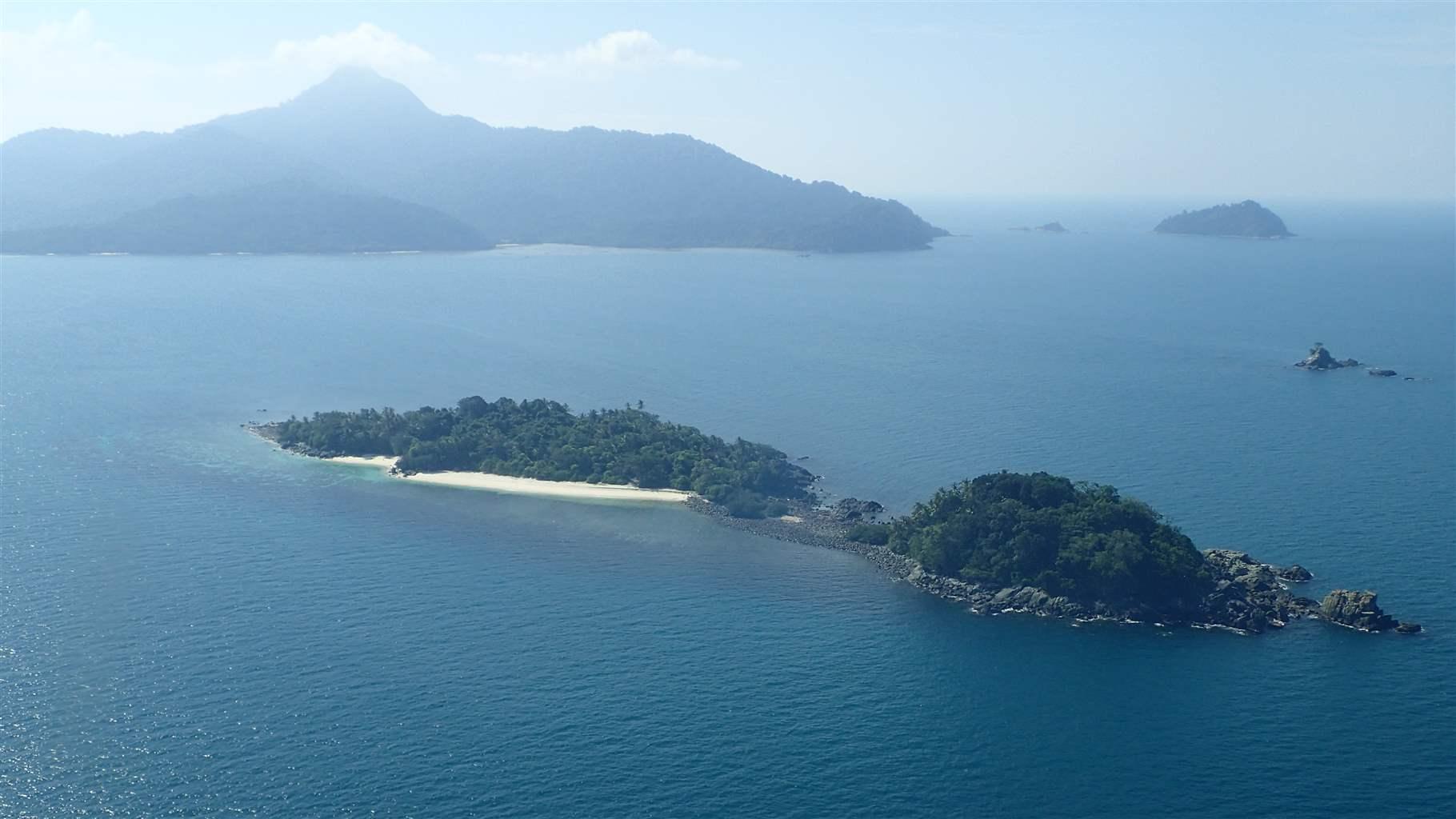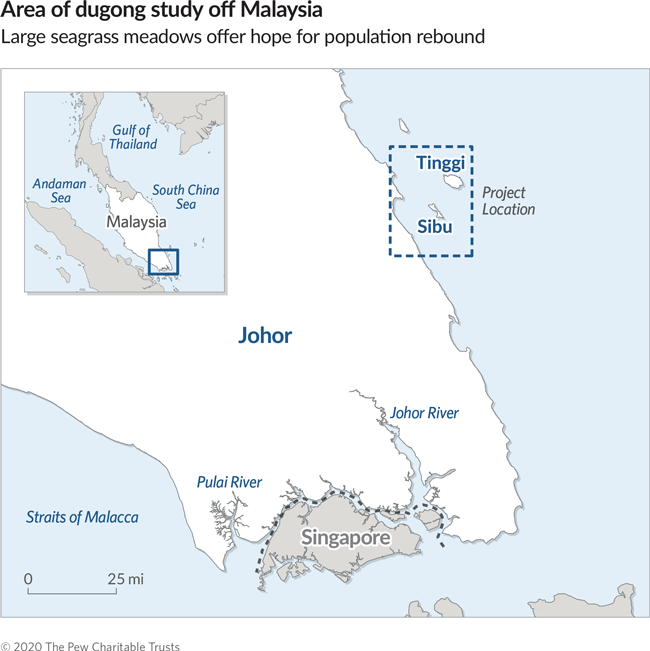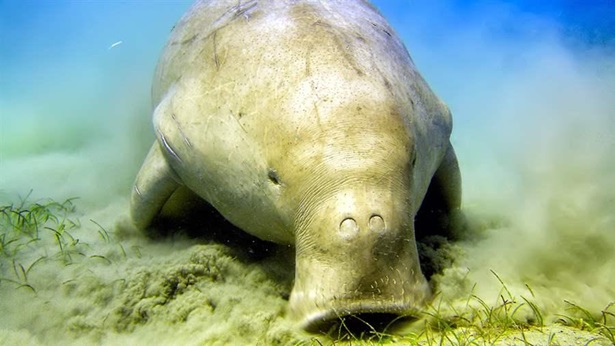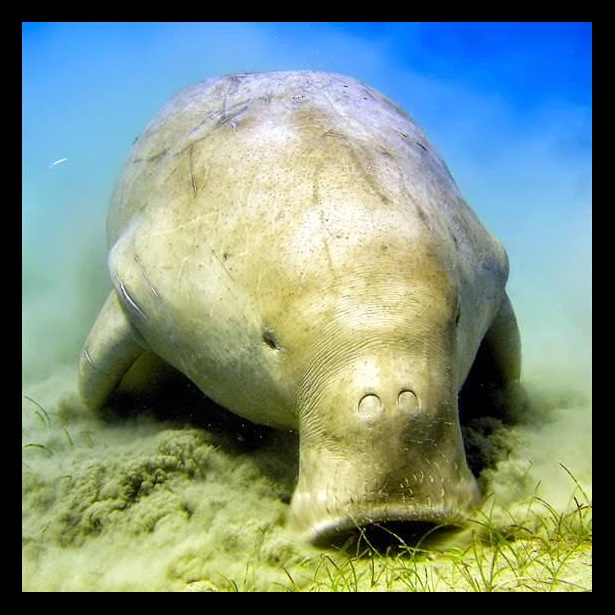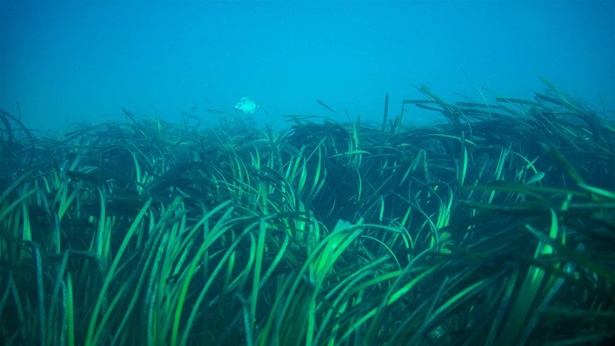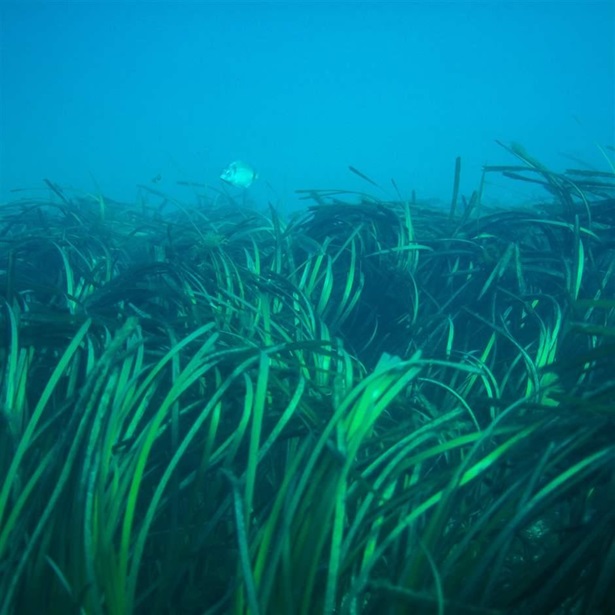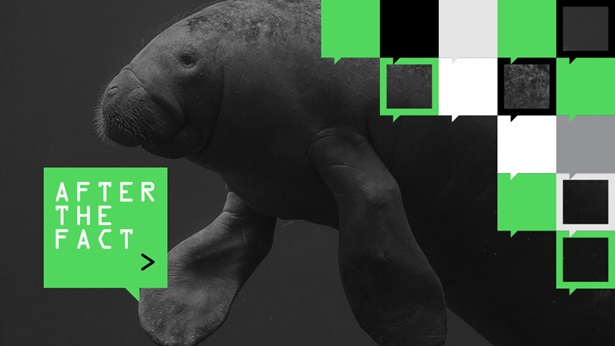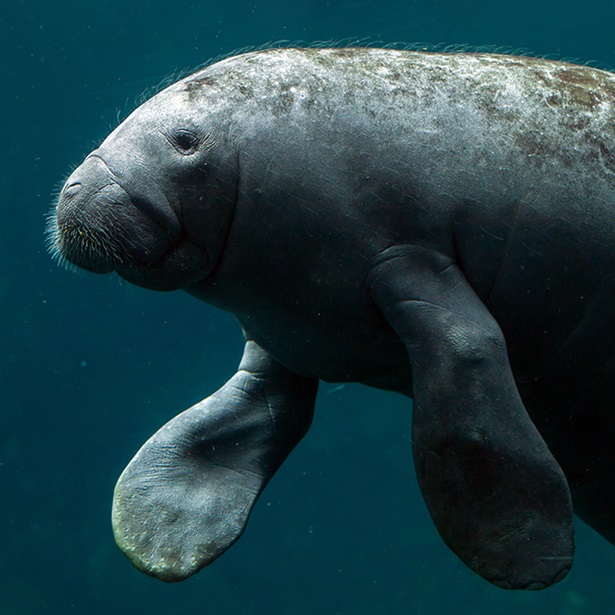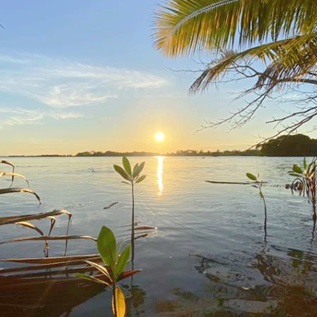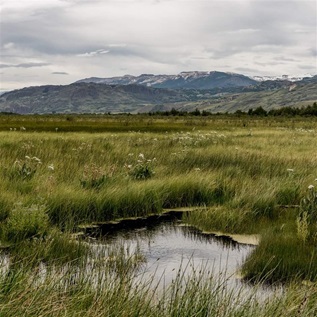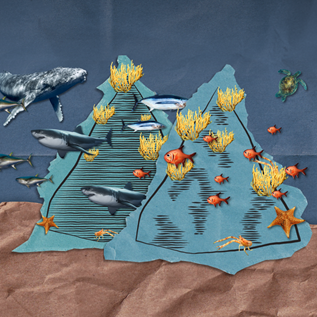In Malaysia, Science Is Key to Dugong’s Recovery—and Survival
Government is using Pew fellow’s research to plan a marine protected area for this imperiled species
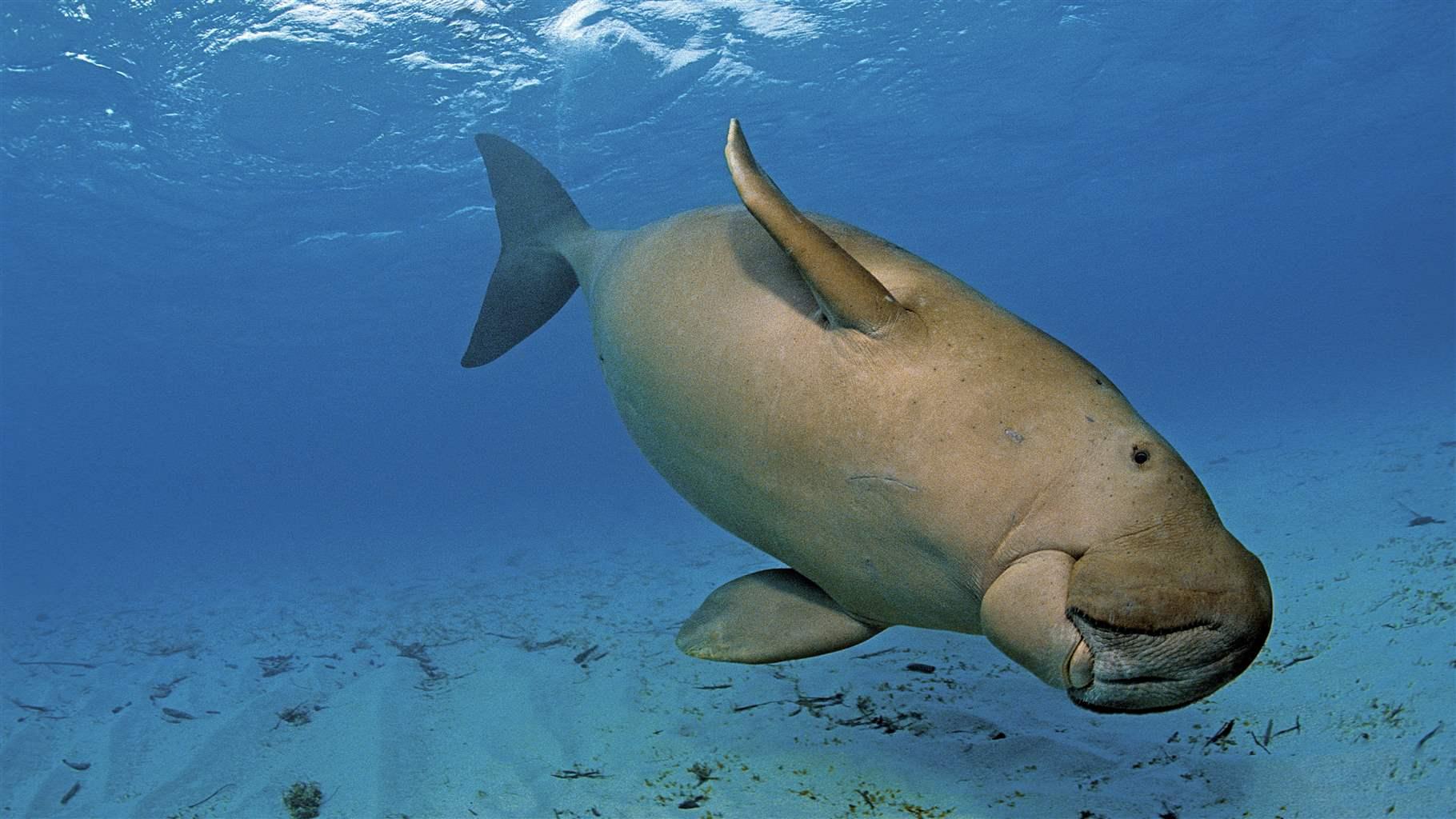
In the waters off the east coast of southern Malaysia, scientists have been tracking a decline in population of dugongs (Dugong dugon)—large, shy marine mammals that are similar to manatees but most closely related to elephants. Now, experts say that fewer than 100 dugong remain off the coast of the state of Johor, a decline they attribute to habitat degradation and fishing-related fatalities, such as net entanglements and boat strikes.
Louisa Ponnampalam, chair and co-founder of the Malaysia-based MareCet Research Organization and a 2014 Pew marine fellow, is hoping to use her research to reverse these losses.
Her work, in collaboration with other Malaysian and international scientists from the University of Malaya, Kyoto University, and Mote Marine Laboratory, is providing the scientific knowledge needed to protect endangered populations of dugongs. With her Pew marine fellowship, Ponnampalam learned, for example, that dugongs’ vocalizations are highest near the feeding grounds at Tinggi Island, mother-calf pairs are mainly distributed off the southwest of Sibu Hujong Island, and large herds aggregate around the extensive seagrass meadows off the west of Sibu Tengah Island. These findings helped her to pinpoint critical habitat areas that need protection.
In fact, the International Union for the Conservation of Nature (IUCN) recently designated several sea areas around Malaysia as important marine mammal areas (IMMAs), denoting critical habitat that should be earmarked and managed for conservation. Those include the Mersing Archipelago IMMA and Ponnampalam’s field site around the Sibu-Tinggi Islands in Johor, which is home to most of the country’s remaining dugongs. Her efforts also piqued the interest of Johor’s state government, which in 2016 proposed establishing the Johor Dugong Sanctuary. If created, the sanctuary would encompass about 150,000 hectares and would be the first of its kind in Malaysia. Ponnampalam and her team have drafted a dugong sanctuary management plan, and the proposal for creating the sanctuary is pending a decision by the Malaysian government.
Surveys find hotspots and high population areas
Ponnampalam used her fellowship to collect the data needed to better understand how to best protect dugongs in Malaysia. Her project received additional support from the Global Dugong and Seagrass Conservation Project, an initiative of the World Bank-run Global Environment Facility. From 2014 to 2018, Ponnampalam and her team conducted numerous surveys—aerial, acoustic, feeding ecology, seagrass meadows (a primary dugong habitat), and habitat contaminant levels—to gauge the number of these mammals and their behavior. The researchers also interviewed local community members to assess their perception of dugongs and their willingness to participate in conservation efforts.
Using bioacoustics, the team discovered vocal hotspots—areas of frequent dugong vocalizations—off the southwest of Tinggi Island, where the chirps and trills of dugongs were heard continuously throughout the day and twilight hours.
“Due to their large body size, many people often guess that dugongs produce low moans, just like cows. In fact, they sound like birds!” says Ponnampalam.
Ponnampalam also learned that the Sibu cluster of islands is home to the highest number of dugongs in Peninsular Malaysia, which corresponds with a large expanse of seagrass meadows. In particular, mother-and-calf pairs were found in high concentrations west of the Sibu Islands. The researchers also found the area to be rich in marine biodiversity, identifying many other species such as reef sharks, Indo-Pacific humpback dolphins, cownose rays, whale sharks, seahorses, and pipefishes. Unfortunately, the team also noted considerable human activity, including commercial and artisanal fishing, encroaching on the existing boundaries of Mersing Archipelago IMMA. These activities can pose a threat to dugongs and other marine life.
Finally, they looked at habitat health and contaminant levels at the sites. Ponnampalam and her team took 39 sediment and 20 seagrass samples from three locations. They were looking for pesticides and flame retardants, and the products of oil and gas production (such as polyaromatic hydrocarbons, or PAHs). Pesticides were found almost everywhere, followed by PAHs. They even found a persistent organic pollutant, Endrin, which is banned in many countries. In Malaysia, Endrin is sometimes used as a piscicide (fish-killing agent) to rid shrimp ponds of fish prior to stocking. However, more investigation is needed to understand the source of the Endrin contamination identified in the study.
How research helped identify areas in need of urgent protection
Related to manatees and elephants, dugongs live primarily in shallow coastal areas where seagrasses are abundant. The species is found in the warm coastal waters from East Africa to Australia, including the Red Sea and the Indian and Pacific oceans. Internationally, the species is listed as vulnerable on the IUCN Red List of Threatened Species; in Malaysia, dugongs are listed as a marine endangered species.
Although dugongs are protected from trade and hunting in Malaysia under the Fisheries Act of 1985, their critical habitats, including seagrass beds, remain largely unprotected, except for areas within marine parks. Ponnampalam is hoping that broader habitat protection will help the population survive in a future that includes escalating threats from pollution, coastal development, boat strikes, intensifying fishing activities, and entanglements. The proposed sanctuary could also serve as a model for other Southeast Asian governments interested in establishing similar conservation measures and would be a driver for continued monitoring of dugong populations.
Ponnampalam shared what she and her team learned with communities in and around the proposed sanctuary and with government officials in charge of managing dugongs and their habitat, including federal and state management authorities such as the Department of Fisheries Malaysia, Johor National Parks Corp., and The Marine Department of Malaysia. This information creates a baseline for future monitoring studies and provides a solid foundation for the authorities to make effective conservation and management decisions for dugongs and their habitat.
Polita Glynn is director and Nathan Fedrizzi is a senior associate with The Pew Charitable Trusts’ Pew Fellows Program in Marine Conservation.
